7 Things I Wish I Knew Before Buying My First Set Of Clubs
If you want to start playing golf you'll need some clubs. Here are some things I've learned that will get you off to a fast start with your equipment
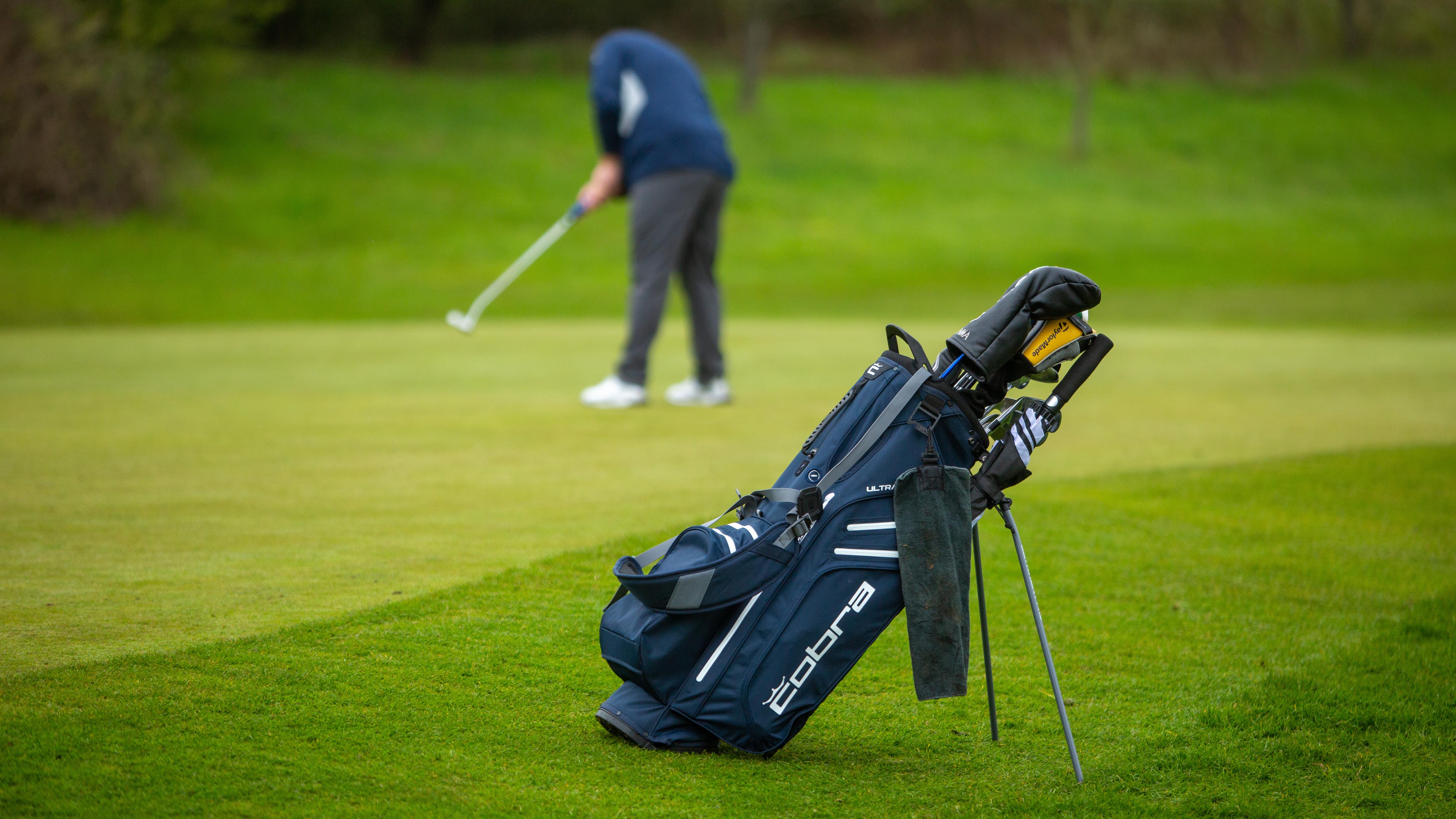

Buying your first set of golf clubs can be daunting prospect with so much choice available everywhere you look, but there are some basic principles you can apply to your decision making that will ensure you can get the most out of them from the off. Knowing what I know now, I internally cringe at some of the things I used to value when it came to choosing the clubs I wanted to use when only just starting to play, so here are some pointers to ensure you get off to a fast start.
WATCH: Gear expert Joel Tadman talks through his learnings in more detail
1. Don't succumb the marketing hype
Typically, the best golf clubs used by the world’s leading players like Jon Rahm and Rory McIlroy also come in at a very premium price. If this was your reasoning behind club selection, your first set would cost thousands. This isn’t an overly smart financial decision if you’re just starting to play and unsure whether it’s something you want to persist with. Manufacturers’ marquee clubs are also aimed at golfers with a high degree of skill, which means they may not be as user friendly as you require them to be. While the odd lavish purchase is fine, a more affordable route would be to go second hand, a budget driver or opt for a less expensive package set, just to get you started. You can then consider upgrading these cheap golf clubs if and when you catch the golf bug (you definitely will, it's great).
2. No need to match make and model
In a slight contradiction to the first point, one thing I’ve learned is that your clubs don’t all need to be the same make and model. I appreciate this would be the case with a package set and while it’s nice visually to see all your clubs in your golf bag matching, in most cases it’s actually more beneficial to accept multiple brands inside your golf bag to get the best clubs, at the best price, in each section.
3. The wedges and putter really matter
Get the Golf Monthly Newsletter
Subscribe to the Golf Monthly newsletter to stay up to date with all the latest tour news, equipment news, reviews, head-to-heads and buyer’s guides from our team of experienced experts.
When I bought my first clubs I got a half set, in which the shortest iron was a pitching wedge. This meant I struggled to chip the ball close, putting extreme pressure on my iron play and putting. With your wedges, make sure you have at least one high-lofted wedge with plenty of bounce (8° or above) and a wide sole to help make chipping feel easier. Also be sure to choose a putter that feels comfortable in your hands and suits your eye. I think you can get away with having less tech here but it’s arguably the club you’ll hit the most shots with during a round so you need to enjoy the prospect of hitting shots with it.
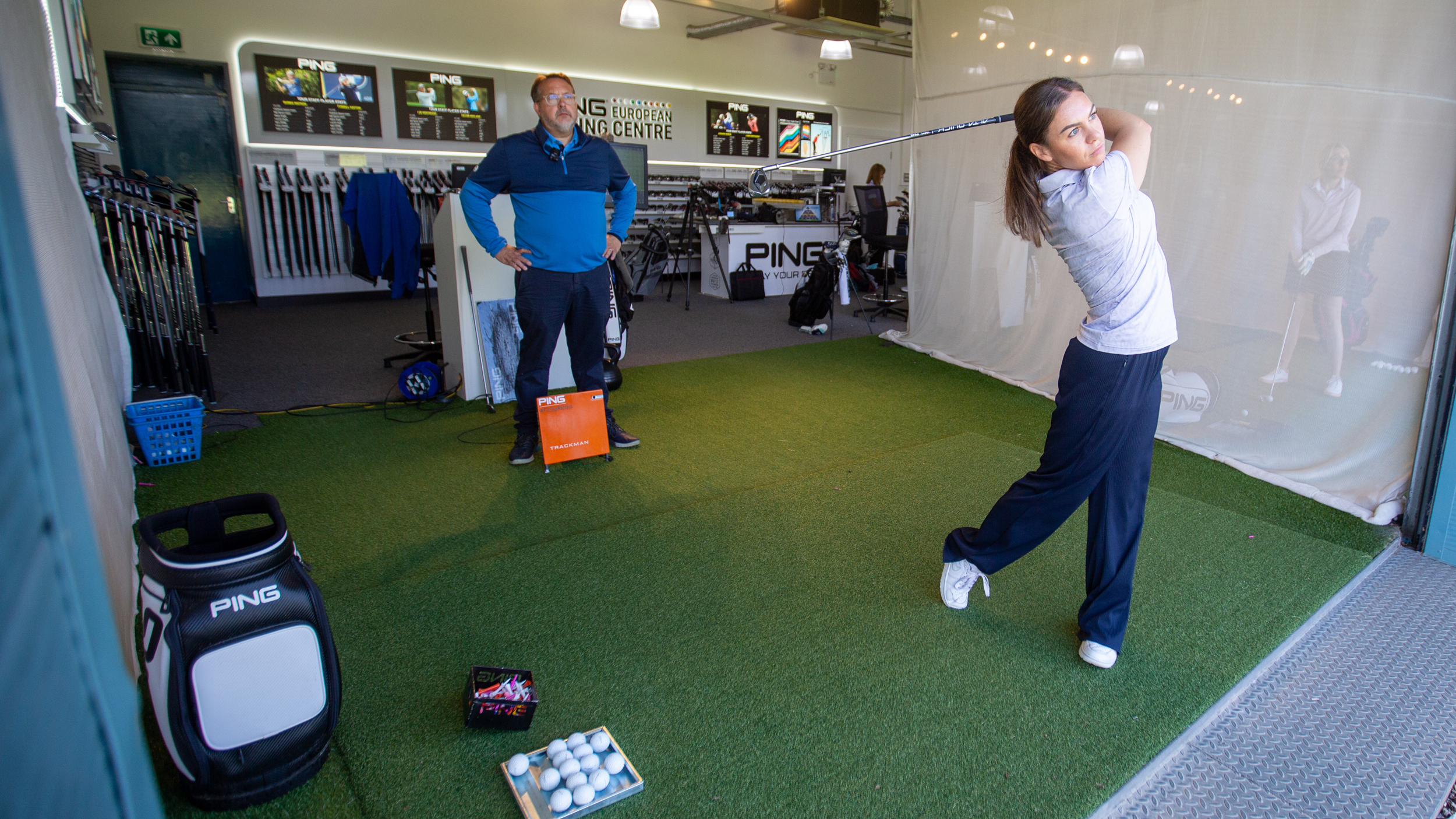
4. A custom fitting is a viable route
If you've got a higher budget to play with as well a strong appetite to improve and compete then a custom fitting is a sure-fire way to ensure your clubs are built for your swing. Problems may start to occur should you take lessons and your swing changes (see the next point below) but a fitted set of clubs will certainly get you off to a faster start than most. Try and go through the process at a brand agnostic facility, especially if you have no real affiliation to any manufacturer. Regardless of how you're hitting the ball, the fitter should be able to direct you into a particular model that's going to be better suited to your swing and that can only accelerate your improvement journey.
5. Opt for an adjustable driver
Probably one of the most important learnings I can share is to opt for an adjustable driver. It goes somewhat agains point number one in that these do tend to cost a little more (around $100 extra) but the versatility this affords is worth the financial outlay. At the very least, get a driver that’s adjustable for loft around the hosel area. If you're a beginner golfer, you're probably going to be taking lessons and therefore your swing will be changing over time, and that will influence the launch conditions you experience with your driver - be it launch, spin and flight. Having an adjustable driver means you can make tweaks to accommodate any swing changes that effect the way you deliver the club to the ball. It also means you're probably not going to have to buy another driver to suit your new swing, which means you’re actually saving money in the long run.
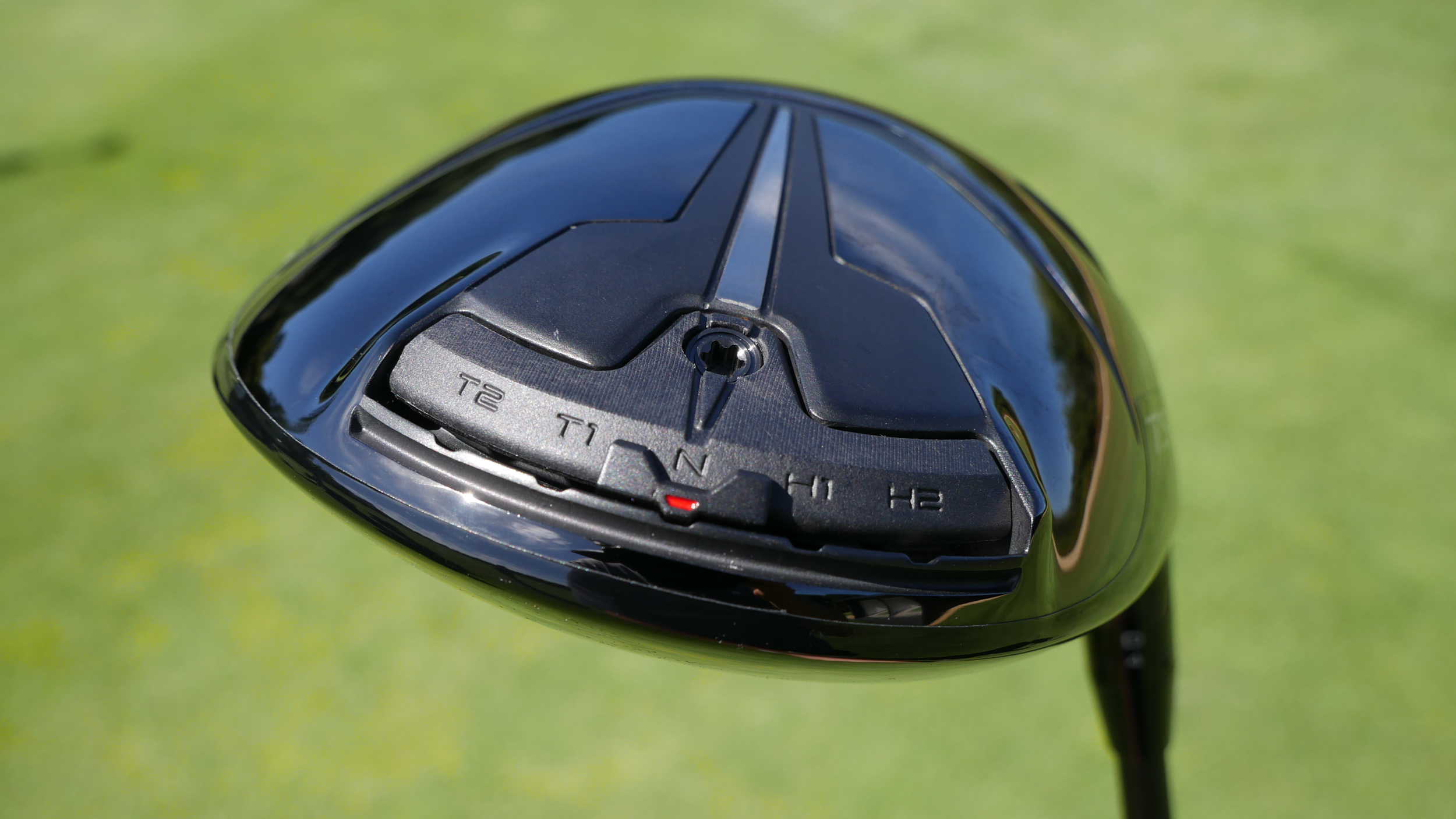
6. Seriously consider a half set of irons
When starting out in golf, half sets are a great place to begin… but they will need replacing eventually. Beginner golfers tend to hit the ball inconsistent distances with each club, and so having a half set is a more cost effective way to be able to take on approach shots on the course. Typically these come in 5, 7, 9-iron and sand wedge, some may include a hybrid too. Once you start to strike your irons more consistently, you may notice distance gaps starting to appear between the irons, which is frustrating, and that’s the time to bite the bullet and invest in a full set of golf irons.
7. Don't make assumptions on shaft flex
The last thing I wish I knew would be to not assume I was a certain type of flex of shaft, probably a regular flex or something similarly soft.There are newcomers to the game beginners that actually swing the club quite fast and therefore might need something a bit stiffer that's going to give them a bit more control. So definitely be worth even if you're new to the game but you're thinking about taking up try and get some feedback on your swing speed. Whether it's you going for a custom fitting or even if you just have a go on someone's launch monitor or go to a TopGolf or Toptracer range where it'll give you your clubhead speed with a driver. That's really useful information to take to professional or someone who works in a retail store who can then guide you into the right flex of shaft.

Joel has worked in the golf industry for over 15 years covering both instruction and more recently equipment. He now oversees all equipment and video content at Golf Monthly, managing a team of talented and passionate writers and presenters in delivering the most thorough and accurate reviews, buying advice, comparisons and deals to help the reader or viewer find exactly what they are looking for.
One of his career highlights came when covering the 2012 Masters he got to play the sacred Augusta National course on the Monday after the tournament concluded, shooting a respectable 86 with just one par and four birdies. To date, his best ever round of golf is a 5-under 67 back in 2011. He currently plays his golf at Burghley Park Golf Club in Stamford, Lincs, with a handicap index of 3.1.
Joel's current What's In The Bag?
Driver: Titleist GT3, 9°, Fujikura Ventus Black 6 S shaft.
Fairway wood: Titleist TSR3, 15°
Hybrid: Titleist TSi2, 18°
Irons: Titleist T150, 4-PW
Wedges: Titleist Vokey SM10, 50°, 54° and 58°
Putter: LAB Golf DF3
Ball: 2025 Titleist Pro V1x
-
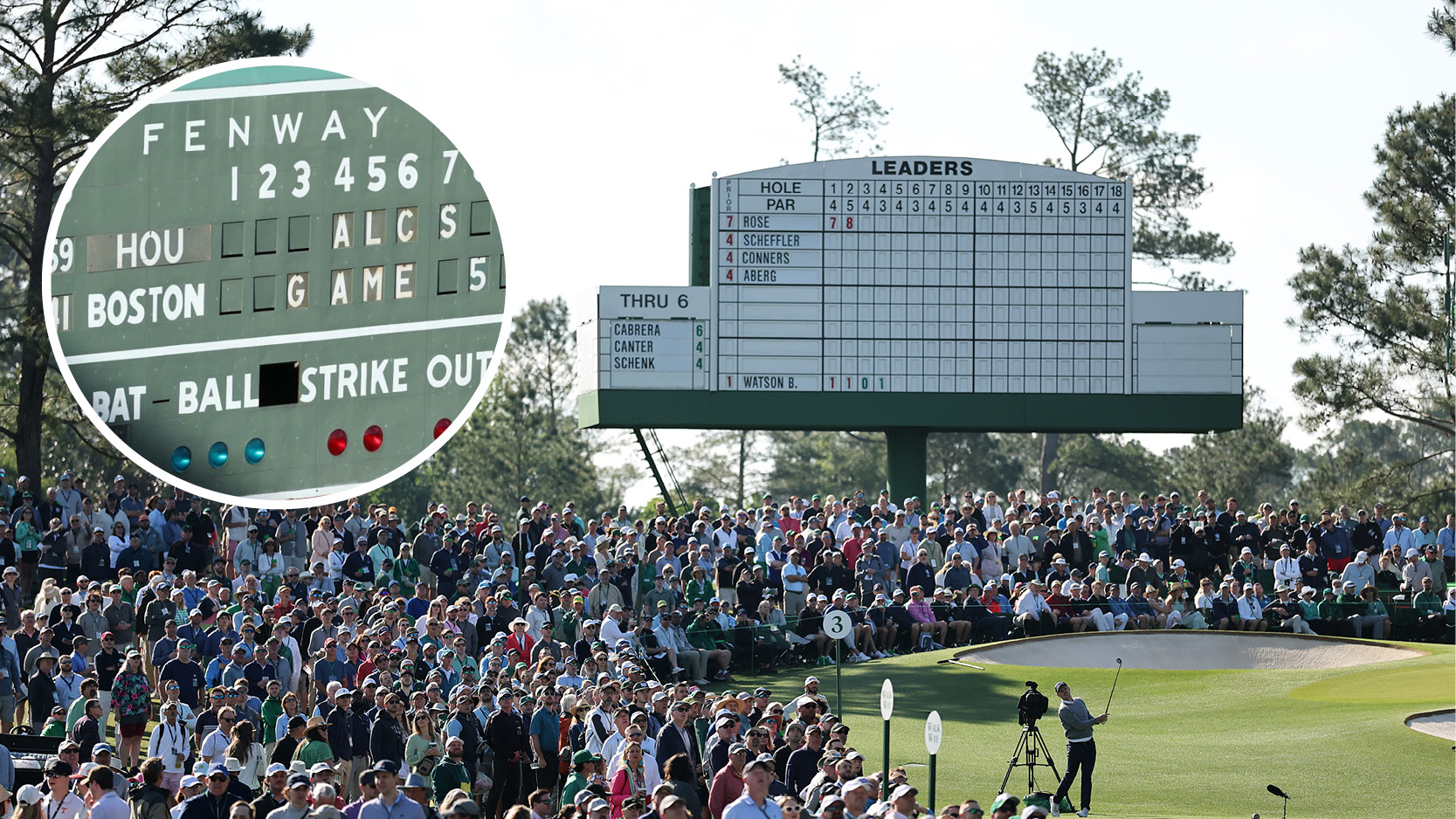 Did You Know The Masters Leaderboard Was Inspired By Fenway Park?
Did You Know The Masters Leaderboard Was Inspired By Fenway Park?The Masters leaderboards are an iconic and historic part of the Augusta National Major, but did you know about its origins and how it operates today?
By Matt Cradock Published
-
 Why The 16th Pin Has Been Moved From Its Traditional Spot For The Masters Final Round
Why The 16th Pin Has Been Moved From Its Traditional Spot For The Masters Final RoundThe 16th pin at Augusta National is in an different position that normal for the final round of The Masters, but why is that?
By Mike Hall Published
-
 Could This 'Stumbled Upon' Equipment Switch Finally Land Rory McIlroy the Grand Slam?
Could This 'Stumbled Upon' Equipment Switch Finally Land Rory McIlroy the Grand Slam?Rory McIlroy made a golf ball change earlier this season that has reignited his wedge play and it could be about to pay off in the most dramatic possible way…
By Joe Ferguson Published
-
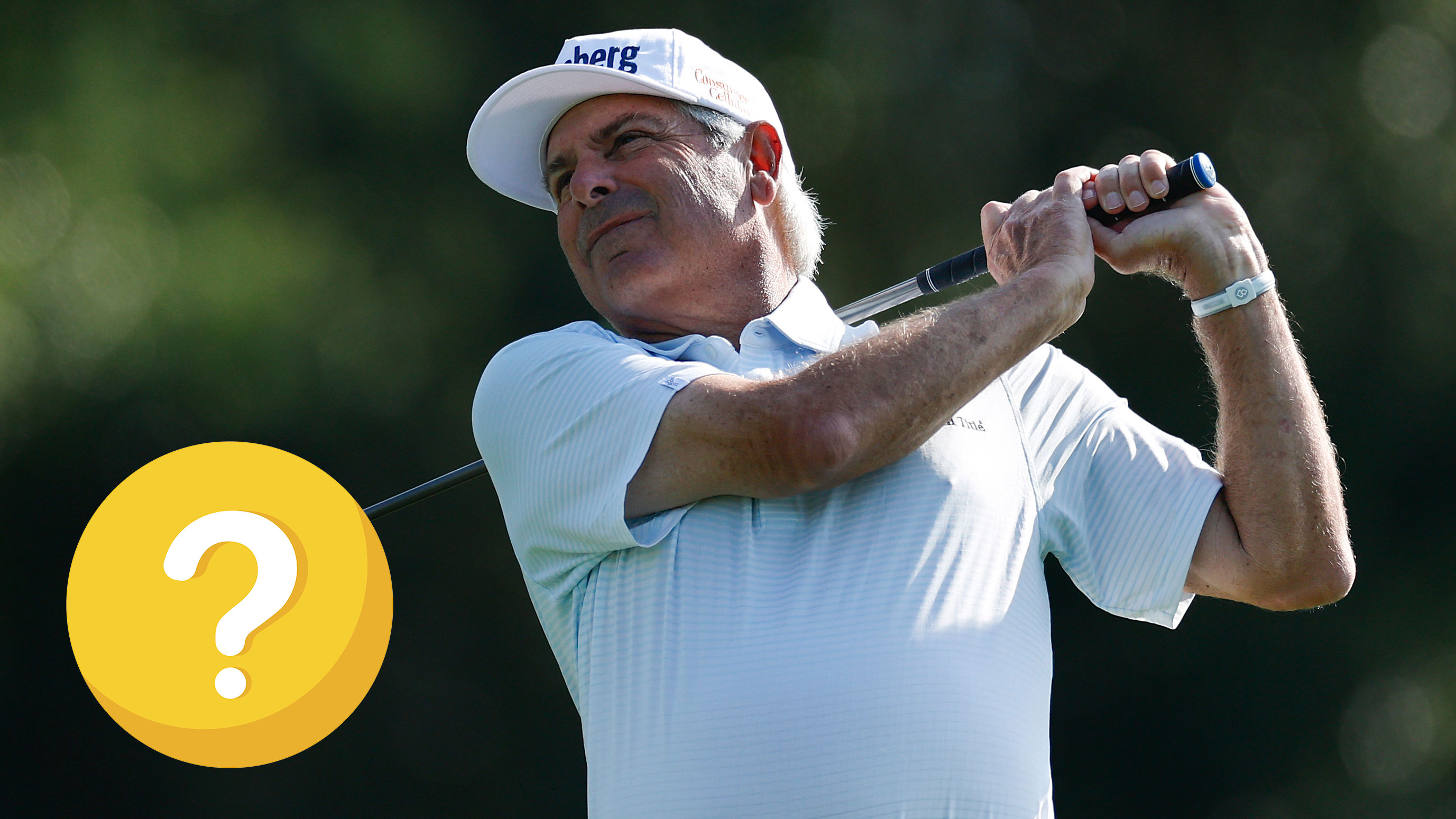 Real Players Use Long Irons, Right? Well, Fred Couples Nearly Made The Cut At The Masters At 65 Years Old, And His Longest Iron Is A…
Real Players Use Long Irons, Right? Well, Fred Couples Nearly Made The Cut At The Masters At 65 Years Old, And His Longest Iron Is A…Both Couples and Bernhard Langer turned back the clock brilliantly over the first two days at Augusta National and did so with some interesting bag setups.
By Joe Ferguson Published
-
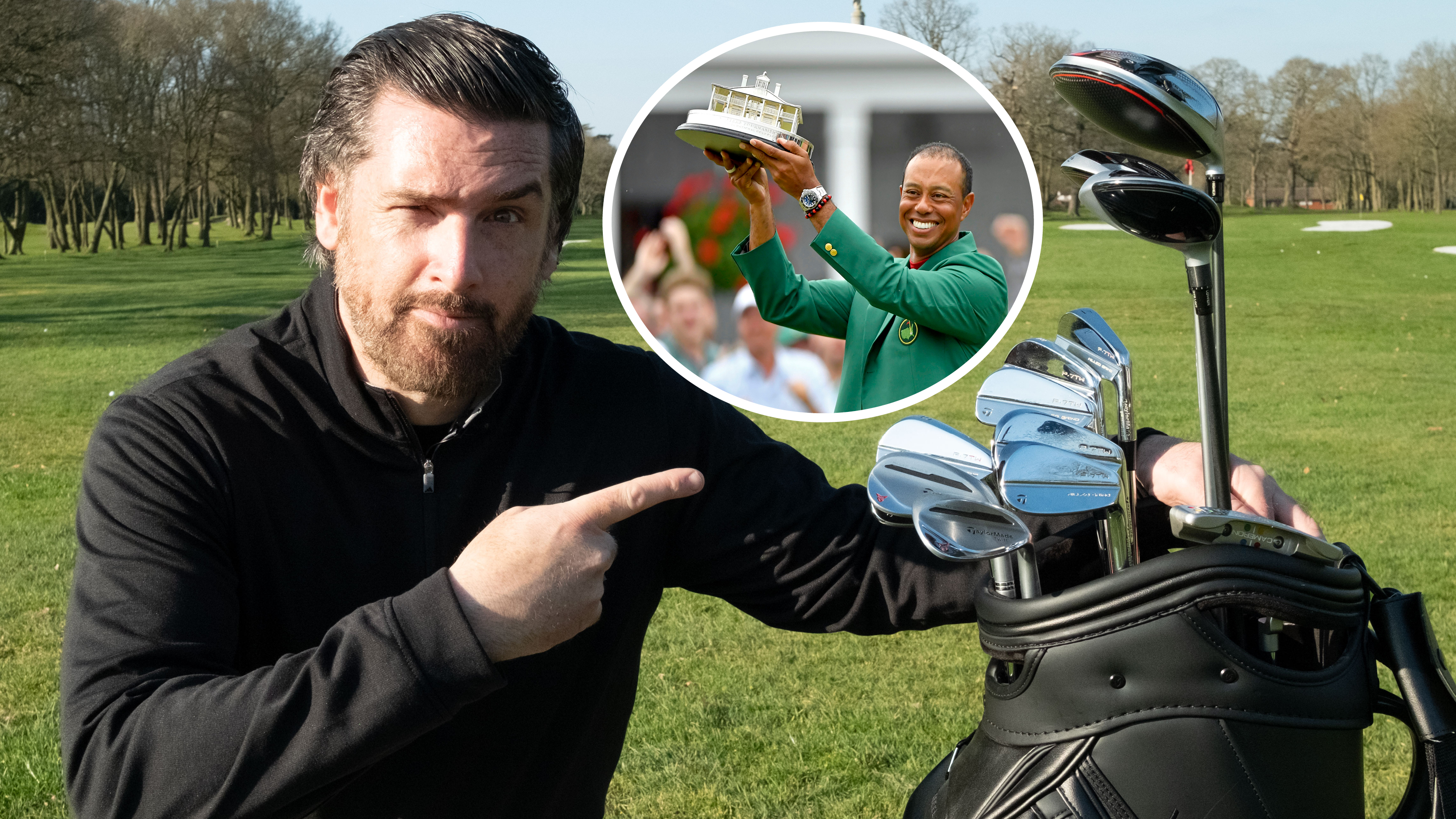 I Built Tiger Woods’ 2019 Masters Winning Bag From The Second-Hand Market!
I Built Tiger Woods’ 2019 Masters Winning Bag From The Second-Hand Market!PGA Professional Joe Ferguson has been taking a deep dive into Tiger’s bag for arguably the greatest victory of his career…
By Joe Ferguson Published
-
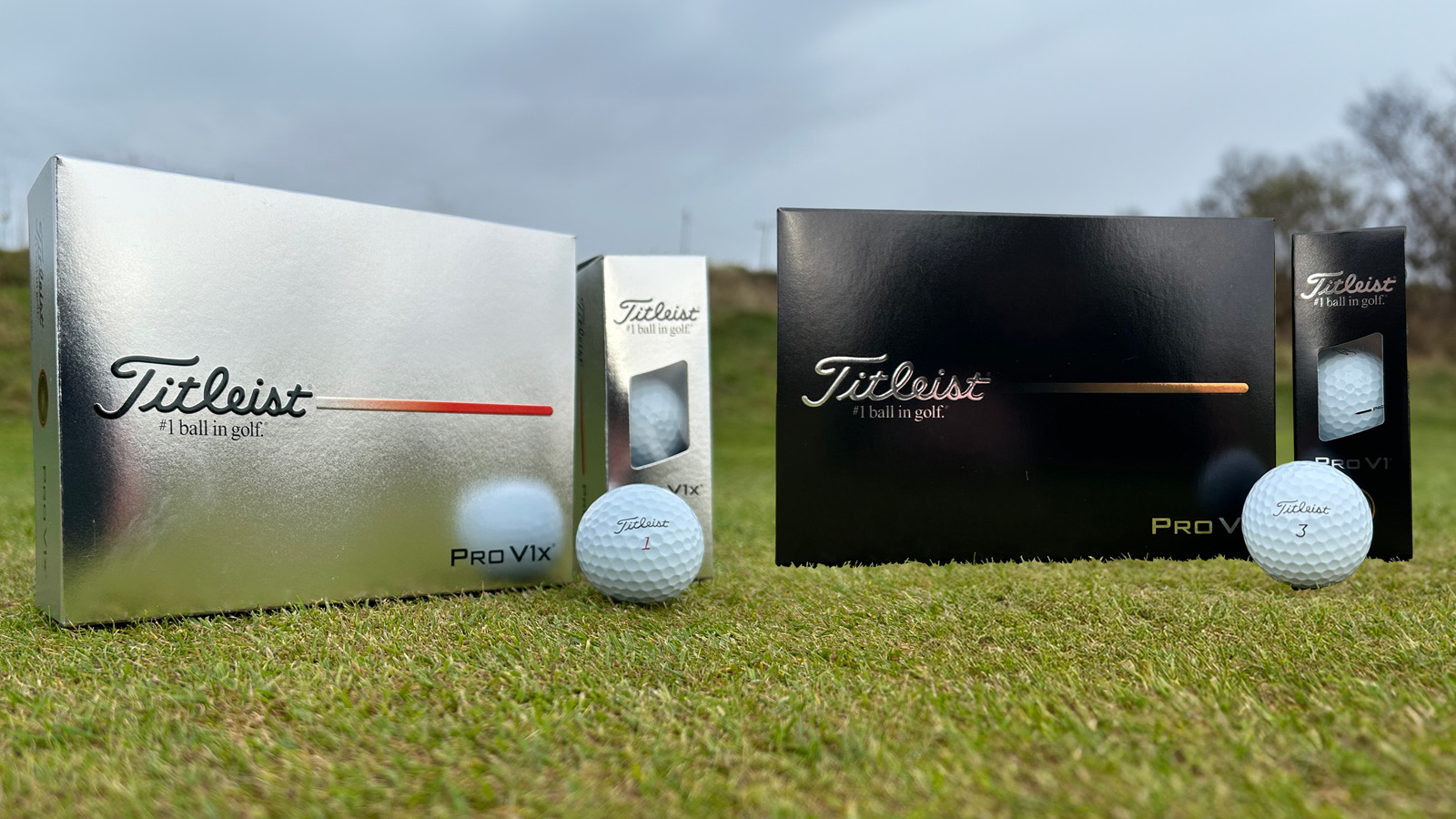 How Titleist 'Used Every Tool In The Toolbox' To Enhance The New Pro V1 And Pro V1x Golf Balls
How Titleist 'Used Every Tool In The Toolbox' To Enhance The New Pro V1 And Pro V1x Golf BallsAfter months of testing and tour validation the new Titleist Pro V1 and Pro V1x golf balls are set to launch, but what's new? We explain all
By Sam De'Ath Published
-
 How The New Cobra DS-ADAPT Range Looks To Have Changed Driver Fitting Forever
How The New Cobra DS-ADAPT Range Looks To Have Changed Driver Fitting ForeverWith a revolutionary hosel design and refined aerodynamics, the Cobra DS-ADAPT may just become the standout driver in 2025
By Sam De'Ath Published
-
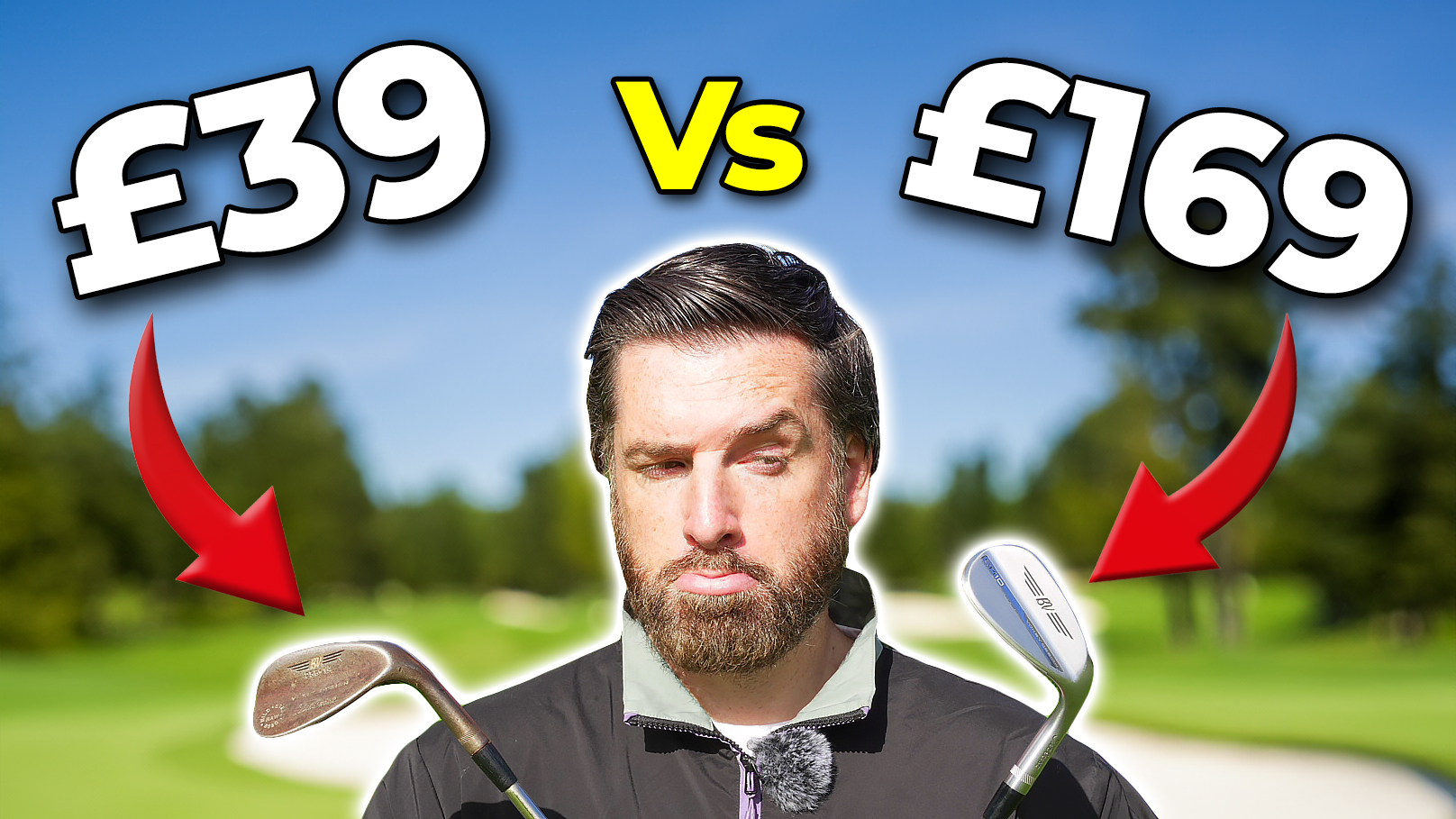 £39 Vs £169 Wedge Test... Surprising Results!
£39 Vs £169 Wedge Test... Surprising Results!In his latest Retro Review, Joe Ferguson sees if the original Vokey wedge picked up for just £39 can compete with the modern equivalent four times the price
By Joe Ferguson Published
-
 7 Useful Golf Rangefinder Features You Never Knew About
7 Useful Golf Rangefinder Features You Never Knew AboutThink you know everything a rangefinder can do? Think again. We've got seven of the best features currently available on the best modern rangefinders
By Dan Parker Published
-
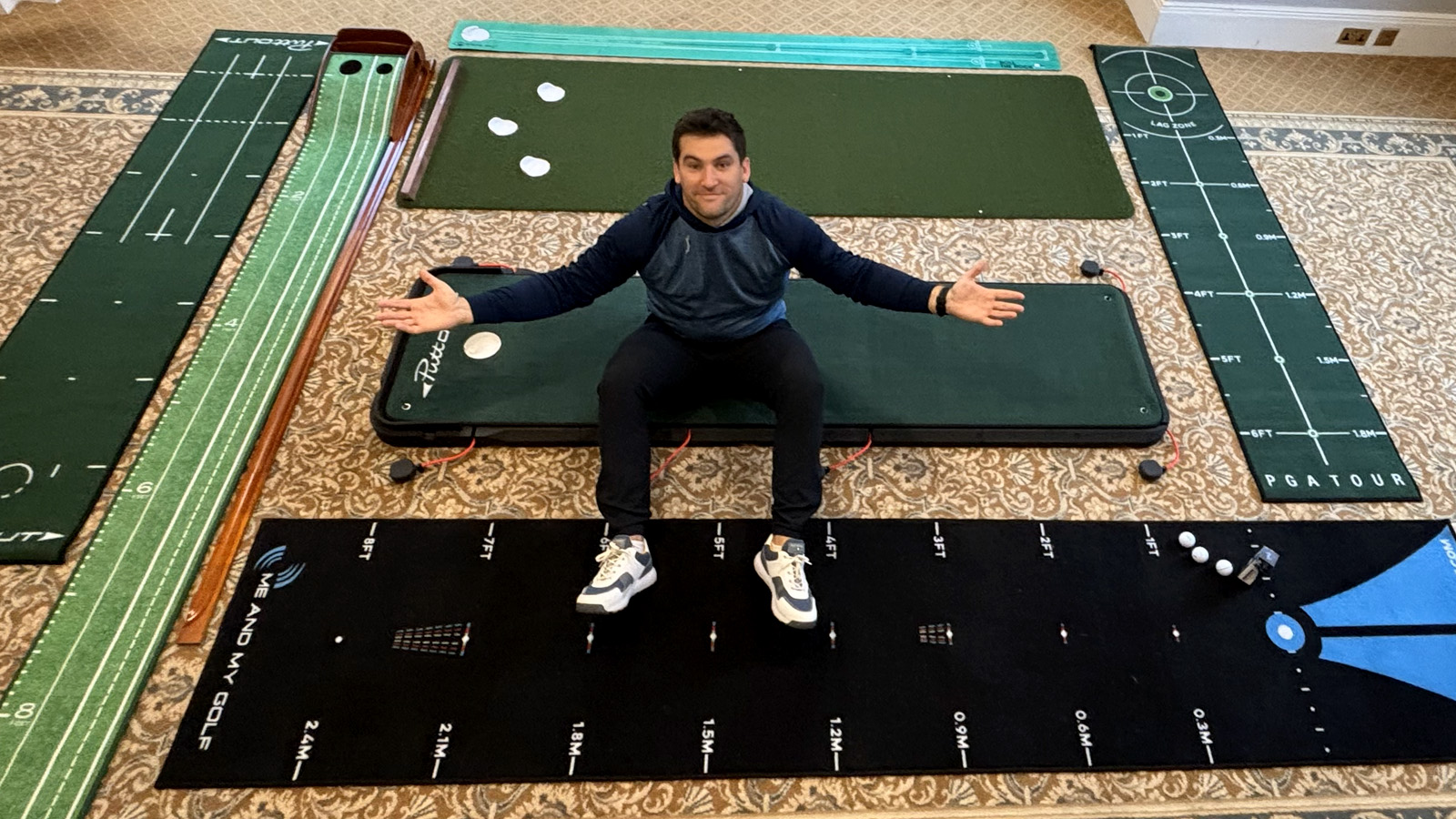 Do Putting Mats Help Improve Your Putting?
Do Putting Mats Help Improve Your Putting?Former professional golfer Sam De’Ath sheds light on whether or not a home putting mat can help improve your performance on the greens
By Sam De'Ath Published